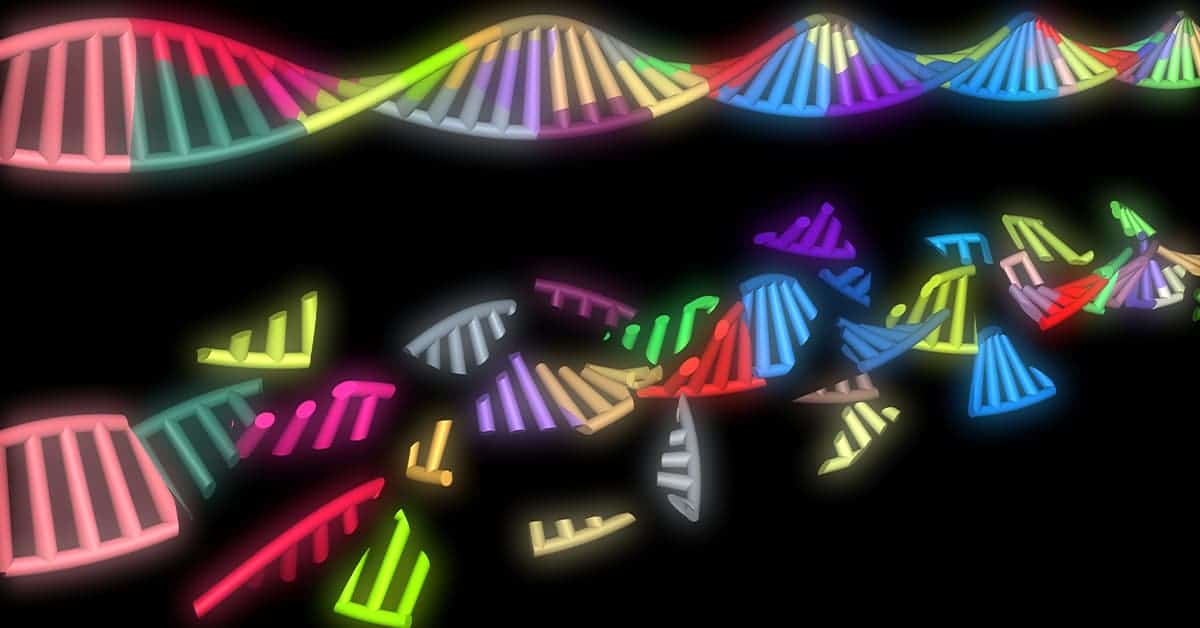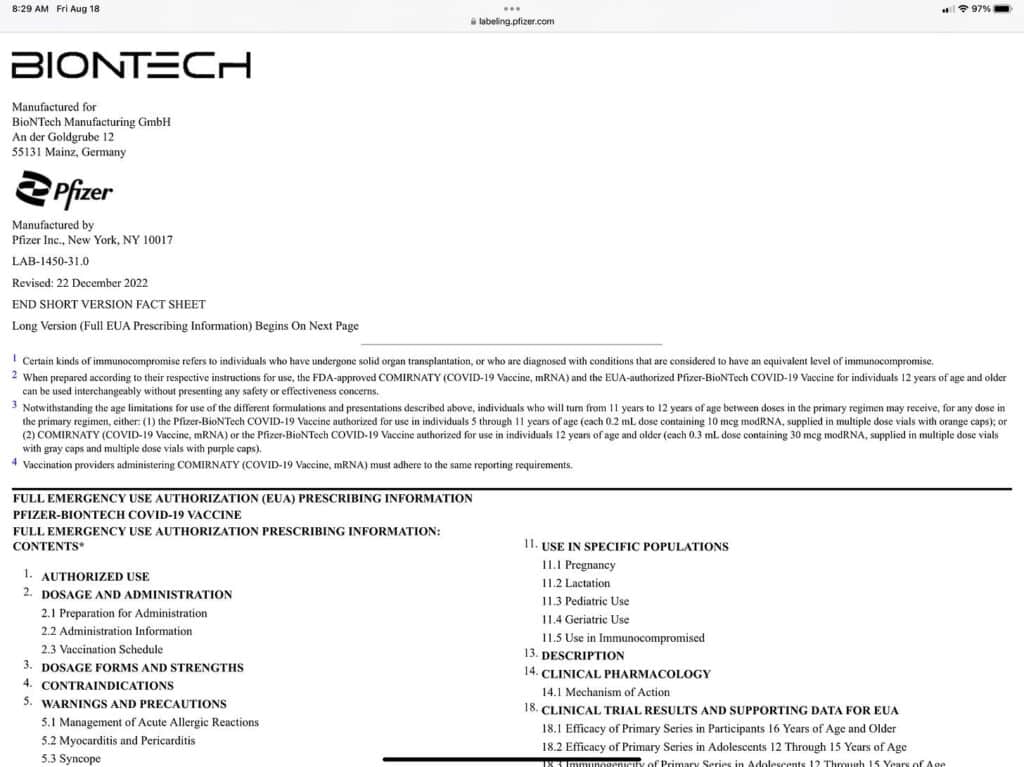by Tom Renz, Esq., America Outloud:

Today we are going to talk about Legos. This show is probably the most important show I’ve ever done. I’m going to share with you my recently published substack that is pretty science heavy and tries to explain it in a way that makes sense.
While I attempt to take a deep dive into the science behind modRNA and our DNA, I’m going to ask you to think of it like you do a large and complex Lego set. I love building Legos with my boys, and some of these sets are huge, and they have to be put together very carefully. If you miss one of these tiny little pieces, you find yourself having to take the entire thing apart and having to put it all back together. For this reason, we don’t make mistakes, and we follow the instructions very carefully. Similarly, our bodies are built with incredible complexity, and every aspect of our DNA has been perfectly designed piece by piece.
TRUTH LIVES on at https://sgtreport.tv/
Because mRNA is a weak particle and breaks down easily with a relatively lower risk of messing with your genetics than other gene therapy products (like modRNA), that is what is always talked about in the jabs. The problem is that it is a lie.
Here is the FDA label for the Pfizer jab:
You can find the entire label here: https://labeling.pfizer.com/ShowLabeling.aspx?id=14471. Note that different vials are different (denoted by the cap color) but also, under number 3, that one of the ingredients is modRNA. No one is talking about this, but it is crucial.
The human body is built on instructions carried in our genes. Here is a great summary of this info from NIH found here – https://www.ncbi.nlm.nih.gov/books/NBK21134/:
Life as we know it is specified by the genomes of the myriad organisms with which we share the planet. Every organism possesses a genome that contains the biological information needed to construct and maintain a living example of that organism. Most genomes, including the human genome and those of all other cellular life forms, are made of DNA (deoxyribonucleic acid), but a few viruses have RNA (ribonucleic acid) genomes. DNA and RNA are polymeric molecules made up of chains of monomeric subunits called nucleotides.
To give you an idea of how complicated the genes that make up our body are, this description from the same webpage follows:
The human genome, which is typical of the genomes of all multicellular animals, consists of two distinct parts (Figure 1.1):
*The nuclear genome comprises approximately 3 200 000 000 nucleotides of DNA, divided into 24 linear molecules, the shortest 50 000 000 nucleotides in length and the longest 260 000 000 nucleotides, each contained in a different chromosome. These 24 chromosomes consist of 22 autosomes and the two sex chromosomes, X and Y.
*The mitochondrial genome is a circular DNA molecule of 16 569 nucleotides, multiple copies of which are located in the energy-generating organelles called mitochondria.
*Each of the approximately 1013 cells in the adult human body has its own copy or copies of the genome, the only exceptions being those few cell types, such as red blood cells, that lack a nucleus in their fully differentiated state. The vast majority of cells are diploid, and so have two copies of each autosome, plus two sex chromosomes, XX for females or XY for males – 46 chromosomes in all. These are called somatic cells, in contrast to sex cells or gametes, which are haploid and have just 23 chromosomes, comprising one of each autosome and one sex chromosome. Both types of cells have about 8000 copies of the mitochondrial genome, 10 or so in each mitochondrion.
So think about how complex that makes us.
The nuclear genome contains 3.2 billion nucleotides & the mitochondrial genome contains 16.5k. Each of these was designed by God and has evolved over the millennia to work as a singular machine. Now imagine a watch. The watch tells the perfect time because a bunch of tiny gears all work perfectly together to move the hands the appropriate amount to point to the proper minutes and seconds. If one of these gears becomes damaged or the wrong size gear is put into place, the entire watch would go haywire and fail to work. A watch may have hundreds of parts – our bodies have billions.
Read More @ AmericaOutloud.news





